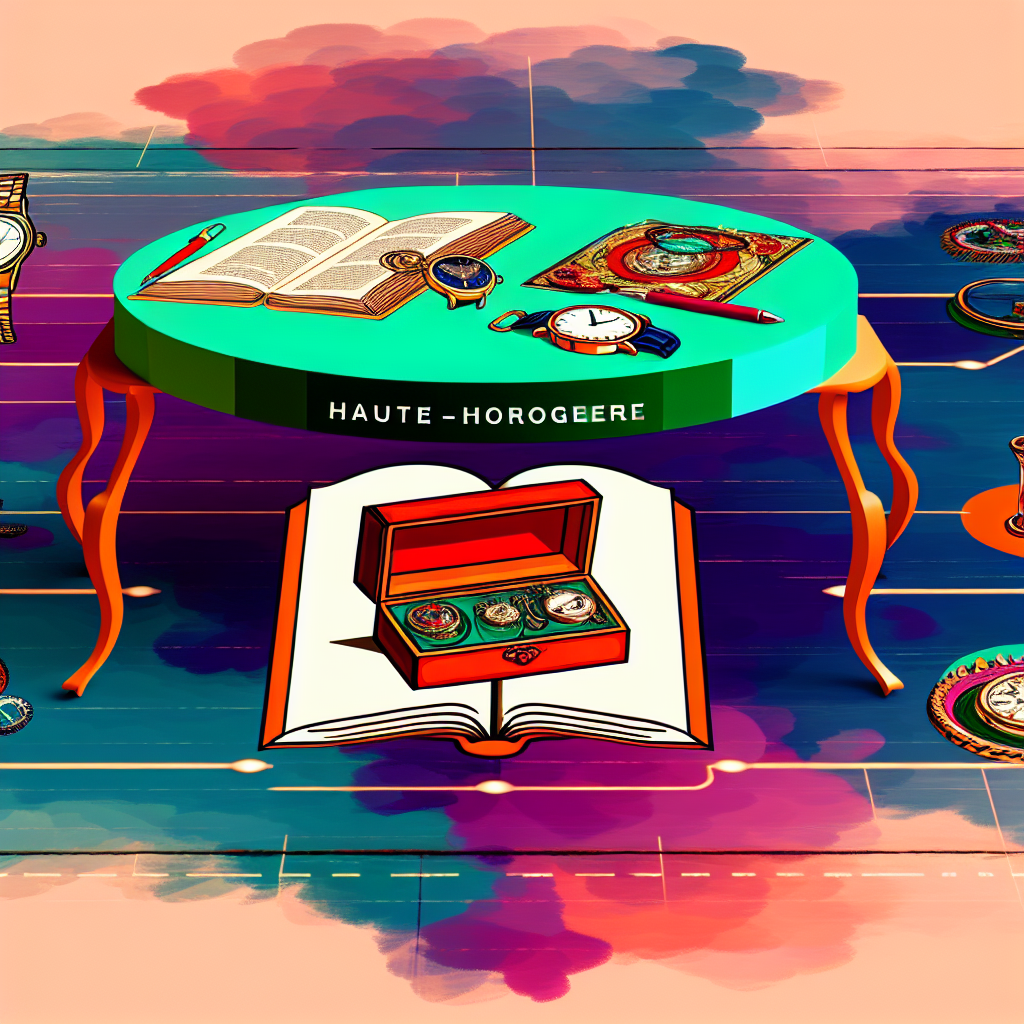Using Ultra-Premium Private Language Tutors for Early Bilingualism
In today’s increasingly interconnected world, being able to speak more than one language is far more than a resume booster—it’s a powerful tool for cognitive development, global mobility, and future career success. For affluent families seeking an exceptional edge for their children, ultra-premium private language tutors present an elite opportunity. These professionals deliver immersive, personalized instruction rooted in educational best practices and scientific research, cultivating not just fluency, but bicultural intelligence and advanced cognitive skills.
Decades of research validate that early childhood, particularly from birth to age seven, is a critical window for language acquisition. During this period, a child’s brain is highly plastic, perfectly attuned to absorb new linguistic sounds and structures. Through one-on-one or immersive in-home tutoring, these elite educators integrate second language learning organically into daily routines—playtime, storytelling, traveling, and family meals—mimicking the way children master their native tongue. The result? Near-native fluency, enhanced academic outcomes, and resilient brain architecture that benefits the child long after early childhood ends.
Ultra-premium language tutors bring more than just fluency; they offer full-spectrum developmental support. These are often multilingual scholars and childhood development specialists, trained in methods such as Montessori, Waldorf, and Reggio Emilia, who leverage storytelling, music, movement, and real-life engagement to help kids develop language naturally. Whether located at home or accompanying families abroad, these tutors make language learning a joyful, integrated experience.
For parents investing in their child’s long-term edge—from Ivy League aspirations to international career trajectories—the benefits are extensive. Bilingualism is not just a skill, it’s a legacy gift of opportunity, empathy, and intellectual brilliance, positioned to thrive in our globally connected future.
The Science Behind Early Bilingualism: A Brain Built for Languages
The advantages of learning two (or more) languages early in life are well-grounded in neuroscience and psychology. According to a landmark NIH study, bilingual children exhibit stronger executive functioning—skills that include attention control, working memory, and flexible problem-solving. These are the foundational brain functions vital for academic excellence and life-long learning.
The American Academy of Pediatrics agrees, promoting second language exposure in early development as a key driver for improved socio-emotional understanding and inclusivity. Bilingual children regularly show advanced abilities to consider alternative perspectives, fostering emotional intelligence and cultural competency—traits critically important for future global leaders.
Findings from the Center on the Developing Child at Harvard University reinforce this, highlighting how positive experiences in early childhood—such as playful language immersion—support the construction of healthy neural pathways, directly influencing brain development and future learning potential.
These benefits are further echoed in a collaborative study from Stanford University, where infants raised in dual-language homes were shown to process information more rapidly and exhibit increased activation in the brain’s language and memory centers as early as 11 months old.
The use of multisensory learning techniques by luxury tutors—such as role play, music, arts, and interactive storytelling—is precisely what a Journal of Child Language report considers best practice. Studies show that children learn languages more effectively when they can associate words with images, sounds, textures, and emotional experiences.
In other words, bilingualism taps not just into verbal competency—it enhances how children think, create, solve, empathize, and lead.
Elite Instruction: Personalized Language Journeys That Go Beyond the Classroom
What sets ultra-premium language tutors apart is their ability to tailor language education to the holistic needs of each child. These are not standard teachers using a set curriculum—they’re professionals who design a responsive linguistic environment based on a child’s temperament, brain development, and even pre-verbal cues. Often, they collaborate with speech pathologists, neuroeducators, and child psychologists to ensure optimal developmental outcomes.
Special attention is given to diversity in learning needs. Tutors trained in adaptive strategies can support neurodivergent learners with tailored methodologies. For example, a tutor might use kinesthetic or sensory-based language instruction for a child with autism or ADHD, emphasizing play-based or emotionally resonant storytelling to build engagement and confidence.
Among the most exclusive forms of premium instruction is the language immersion homestay. In this setup, families bring a live-in native-speaking tutor into their home, allowing language use to be woven into every aspect of the child’s life—from mealtime conversations to bath-time vocabulary games and bedtime stories in a second language. Research shows this approach most closely replicates how first languages are acquired.
Other elite families make language acquisition part of travel. They spend summers or holidays abroad with a private tutor, offering their children a fully immersive cultural and linguistic experience that’s both exciting and educational. These immersive moments make language not something taught—but something lived, felt, and interacted with authentically.
Conclusion: Bilingualism as the Ultimate Intellectual Investment
For high-net-worth families looking to make high-yield investments in their child’s future, early bilingualism through private language tutoring is one of the most strategic decisions they can make. More than a second language, what these children gain is an increased capacity to learn, to connect, to empathize, and ultimately to lead.
Ultra-premium tutors don’t just teach language—they cultivate a global citizen mindset from the first words spoken. Whether it’s speaking fluent Mandarin by kindergarten, reading Spanish picture books with grandparents, or confidently navigating travel in Paris or Tokyo, the benefits compound decade over decade.
As globalization accelerates, bilingual or multilingual abilities are no longer optional—they are essential. Families who recognize this early and act on it strategically are not just creating bilingual children; they’re shaping future-ready individuals, poised for success anywhere in the world.
References
- NIH Study — Bilingual kids have better working memory than monolingual kids
- American Academy of Pediatrics — Policy Statement on Dual Language Development
- Harvard University — Center on the Developing Child
- Journal of Child Language
- Stanford University — Language Learning Lab

Dominic E. is a passionate filmmaker navigating the exciting intersection of art and science. By day, he delves into the complexities of the human body as a full-time medical writer, meticulously translating intricate medical concepts into accessible and engaging narratives. By night, he explores the boundless realm of cinematic storytelling, crafting narratives that evoke emotion and challenge perspectives. Film Student and Full-time Medical Writer for ContentVendor.com



